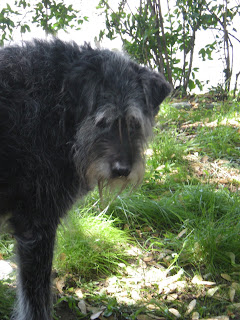 When we settled in Allston many years ago, we thought its proximity to Harvard Square was one of its best features. Close to St. Elizabeth's (where my wife was working), close to Brookline and the Charles River, close to downtown--those were all things we liked about it.
When we settled in Allston many years ago, we thought its proximity to Harvard Square was one of its best features. Close to St. Elizabeth's (where my wife was working), close to Brookline and the Charles River, close to downtown--those were all things we liked about it.But we seldom really thought of it as "close to the 'Pike." and when we did, it was not normally in praise. Which is why I was taken aback the other day when one of my neighbors, an old-time Allstonian, remarking how fond he was of the neighborhood, cited "close to the 'Pike" as his first reason.
But why?, I wanted to ask, but didn't. To make a quick getaway? The thought of going somewhere, anywhere, else? Or was it just another facet of Allston's many-splendored romance with the car?
But finally I have to confess that I too have always loved something about the 'Pike: the relentless forward thrust of its traffic at all hours, the energy, the speed. Before we had kids I would wander up to the Cambridge Street overpass at rush hour and ... rush, gazing wide-eyed not only at the commuters whizzing along the 'Pike but the long red and white chains of lights whisking up and down Storrow Drive and Memorial Drive or stalled in blurry lines, even the lone headlights along Lincoln Street and the occasional clank of a freight train through the Beacon yards. All that motion and power and flux made me feel like I was looking into the open heart of a monstrous organism. Later on I would wheel a restless child in a stroller to the same spot in the hopes that primal wonder at this most un-natural sublime would overwhelm and reduce it to silent, Kantian awe.
OK, I'll say it: the view of the 'Pike from the Cambridge Street overpass is as fine an urban landscape as any post-impressionist ever painted, its sunsets some days as rich and full of life as Turner's.

So yeah, close to the 'Pike, and proud of it.

















